The 1953 film The Little Fugitive is a remarkable piece of cinematic history. Its charm lies not in grandiose storytelling or elaborate production, but in its simplicity and authenticity, which captured audiences and critics alike, earning it a place in the annals of influential independent cinema. Directed by Morris Engel, Ruth Orkin, and Ray Ashley, this unique film is often hailed as a precursor to the French New Wave, with its groundbreaking approach to visual storytelling and its heartfelt exploration of childhood.
In an unexpected twist fueled by a youngster's imagination and mischief, Joey Norton, a seven-year-old boy, is swept into a whirlwind adventure when a prank leads him to believe he has accidentally shot his older brother, Lennie. With just a few dollars and a heart pounding with guilt and excitement, Joey escapes to the kaleidoscopic world of Coney Island. Here, the bustling boardwalk, shimmering beaches, and carnival rides become a backdrop for his wide-eyed exploration. Every swing of a bat at the arcade, every bite of cotton candy, and every turn of a carousel transforms into a moment of wonder, as this little fugitive learns that sometimes, even guilt can lead to an unforgettable journey of discovery.
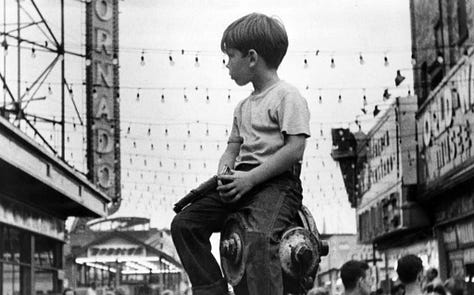
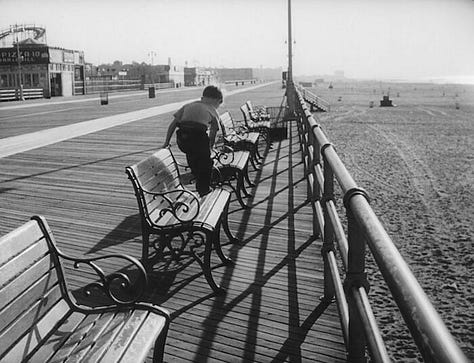

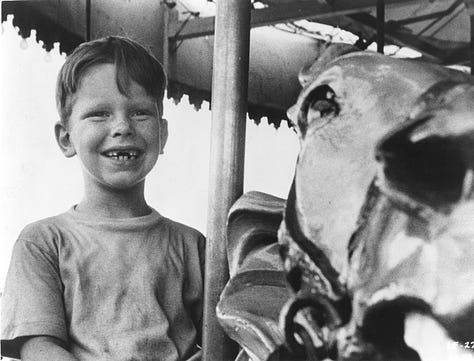
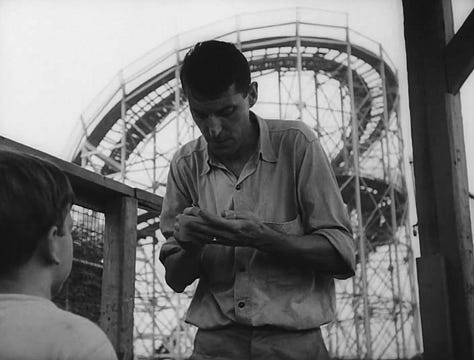
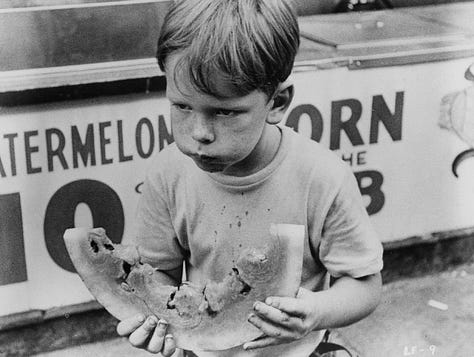
The narrative dances entirely through Joey's eyes, where each mundane encounter becomes a dazzling spectacle of discovery. In the eccentric carnival of Coney Island, even a simple act like buying a hot dog feels like a daring quest, and the swirl of a cotton candy stick seems related to spinning the universe on his finger. The beauty of The Little Fugitive lies in its portrayal of childhood as a magical, slightly chaotic wonderland—a place where curiosity outpaces caution and every moment teeters between mischief and revelation. At its heart, it’s a tale of innocence colliding with the big, colourful world, reminding us that sometimes the bravest journeys start with the smallest steps.
What truly sets The Little Fugitive apart is the sheer ingenuity of its production. Picture this: a modified 35mm still camera capturing the heartbeat of Coney Island in all its chaotic glory. The filmmakers maneuvered through bustling crowds and lively boardwalks without drawing a single raised eyebrow, weaving the vibrancy of the real world seamlessly into their story. This clever approach gave the movie its unique sense of spontaneity—an irresistible charm that makes viewers feel as though they’ve stumbled upon a secret, unfiltered slice of life. It’s not just filmmaking; its artistry disguised as happenstance and therein lies the magic.
The film also showcased the charm of non-professional actors, elevating its authenticity to delightful heights. Richie Andrusco, portraying the spirited Joey, exuded the raw wonder of childhood, with his every expression and action as though they were lifted straight from the diary of a mischievous seven-year-old adventurer tumbling into the world of discovery.
Despite its modest roots, The Little Fugitive was a critical success, earning an Academy Award nomination for Best Writing, Motion Picture Story. It also won the Silver Lion at the Venice Film Festival, cementing its status as a milestone in independent filmmaking.
Furthermore, the film's style and approach to storytelling left a lasting impact on future filmmakers. François Truffaut, a towering figure of the French New Wave, didn’t just admire this film—he practically waved a baguette in its honor, claiming it was a major influence on his own masterpiece, The 400 Blows. With its simple yet profound storytelling, The Little Fugitive seemed to dare other filmmakers to see the world through a child's eyes and make magic out of mischief.
Decades have passed since The Little Fugitive first charmed the screen, yet its magic remains as fresh as a Nathan’s Famous hot dog. The film’s ability to showcase the whimsical chaos of childhood—where every stumble feels like an epic fall and every discovery is a treasure—makes its relevance eternal. It stands as proof that cinematic greatness doesn’t need flashy pyrotechnics or sprawling budgets; sometimes, all you need is a seven-year-old, a runaway imagination, and the unrestrained wonder of Coney Island.
The Little Fugitive has had a major influence on independent cinema an it continues to be an important work in the film industry.
Directed by: Morris Engel
Cast:
Richie Andrusco as Joey Norton
Richard Brewster as Lennie Norton
Winifred Cushing as Mother
Jay Williams as Jay, the Pony Ride Man
Will Lee as Photographer
Charlie Moss as Harry
Tommy DeCanio as Charley
Release date: October 6, 1953
Directors: Morris Engel, Raymond Abrashkin, Ruth Orkin
Screenplay: Morris Engel, Raymond Abrashkin, Ruth Orkin
Filmed on location at Coney Island and in Brooklyn, New York.
Enjoy,
…Jill
The Forks Part…
For the Forks Part of The Little Fugitive, no culinary wizardry is required. Simply grab a pack of Nathan’s Famous Hot Dogs—you know, the ones that practically scream “Coney Island!”—and pair them with a bowl of freshly popped Orville Redenbacher popcorn. For peak cinematic immersion, indulge with a glass bottle of Pepsi (just like Joey in the film) because, let's face it, nothing says retro like a fizzy sip from a glass bottle. Voilà! You’re not just watching the movie—you’re living the Coney Island dream from the comfort of your couch, carnival vibes and all!

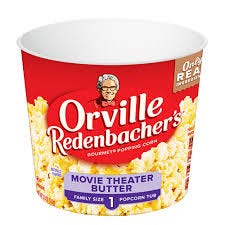

Bon appétit and let the popcorn crunch and hot dog munch transport you straight to the boardwalk of Coney Island! Don’t forget to imagine Joey’s wide-eyed wonder with every fizzy sip of your retro Pepsi—pure cinematic snack magic!

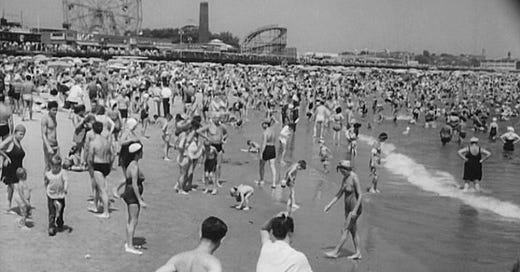


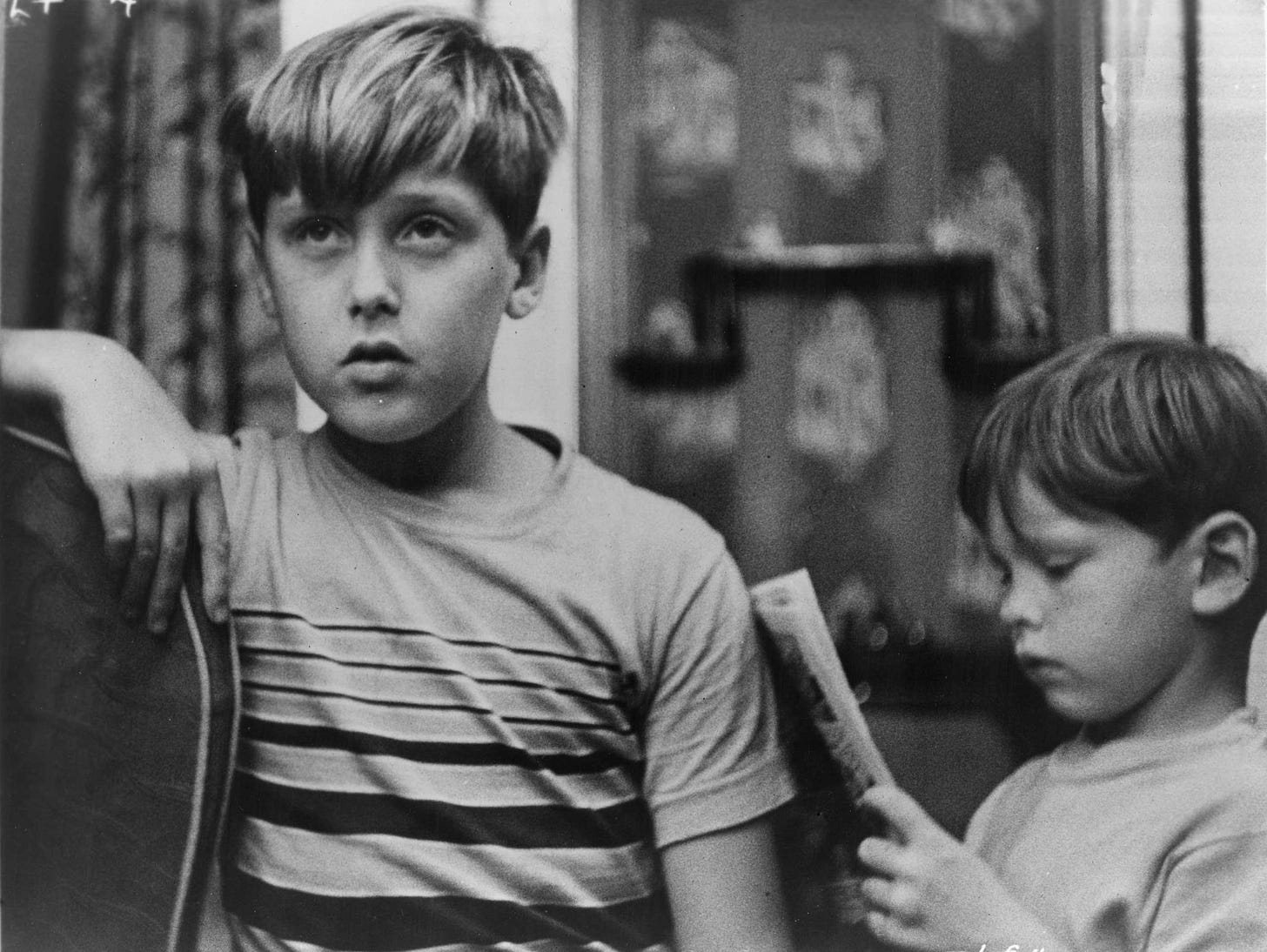
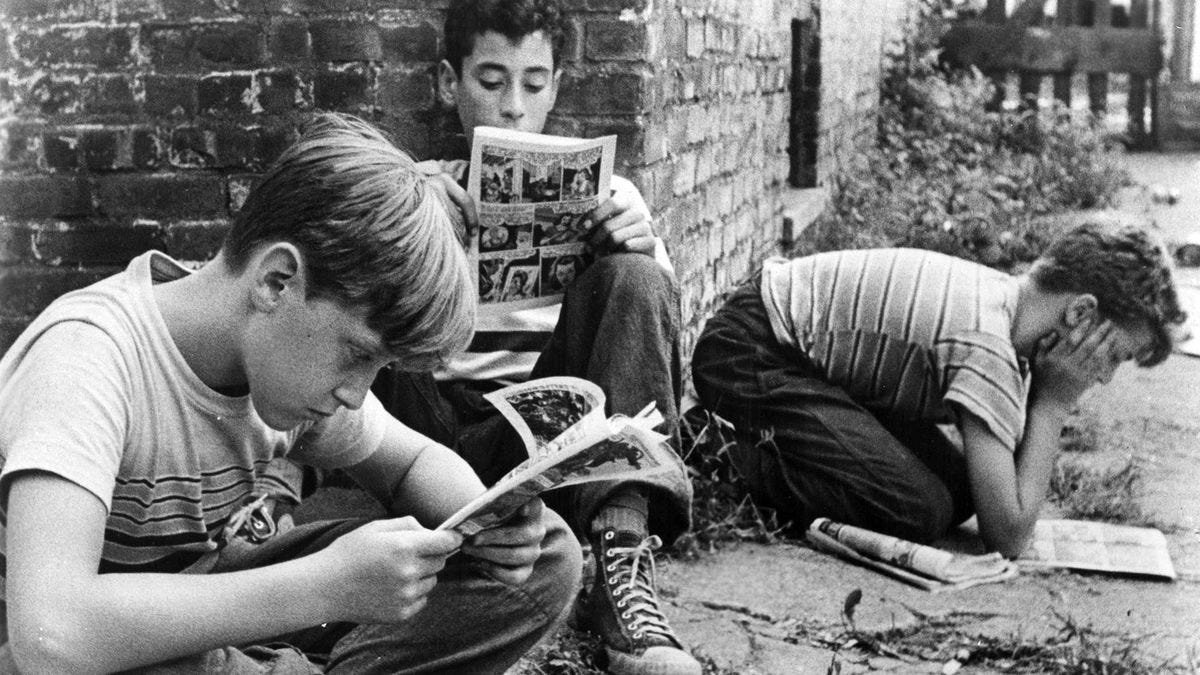

Went to a screening of this in 2014 where the guest was the daughter of the co-directors. And as a New Yorker, I’ve been to Coney lots of times. Loved seeing this familiar location from an earlier era.